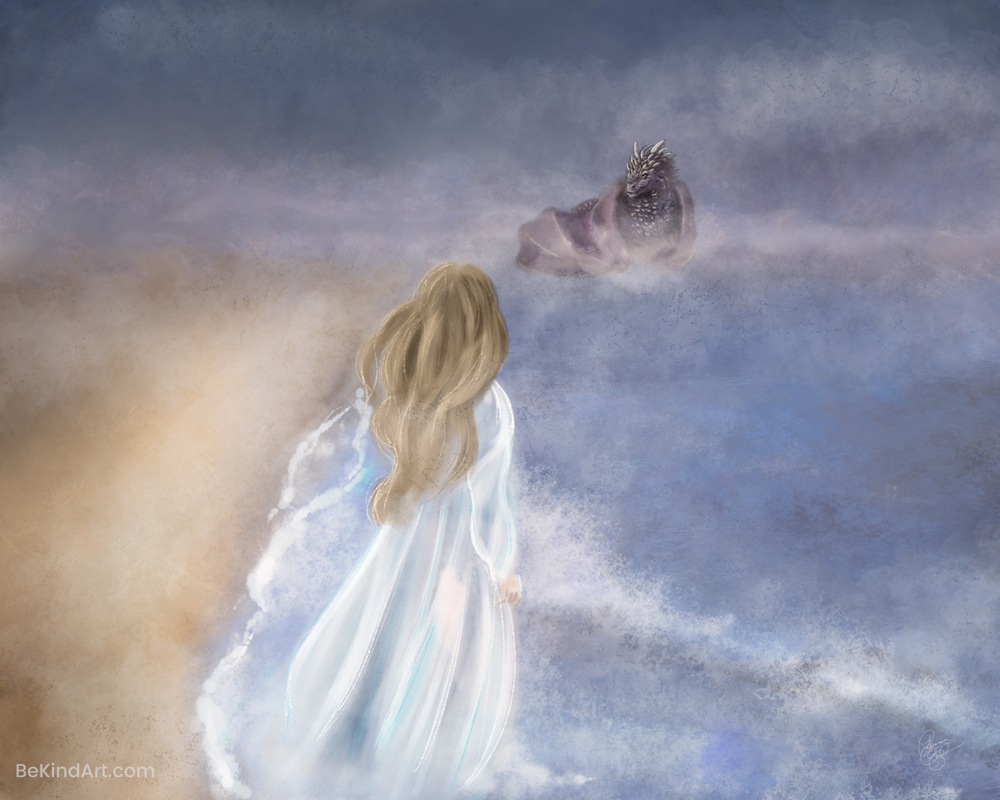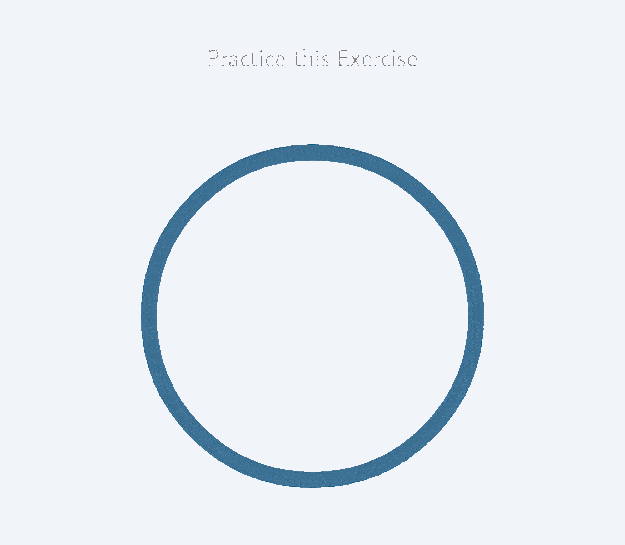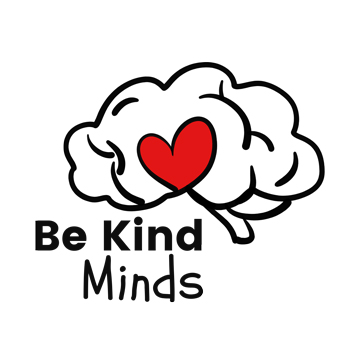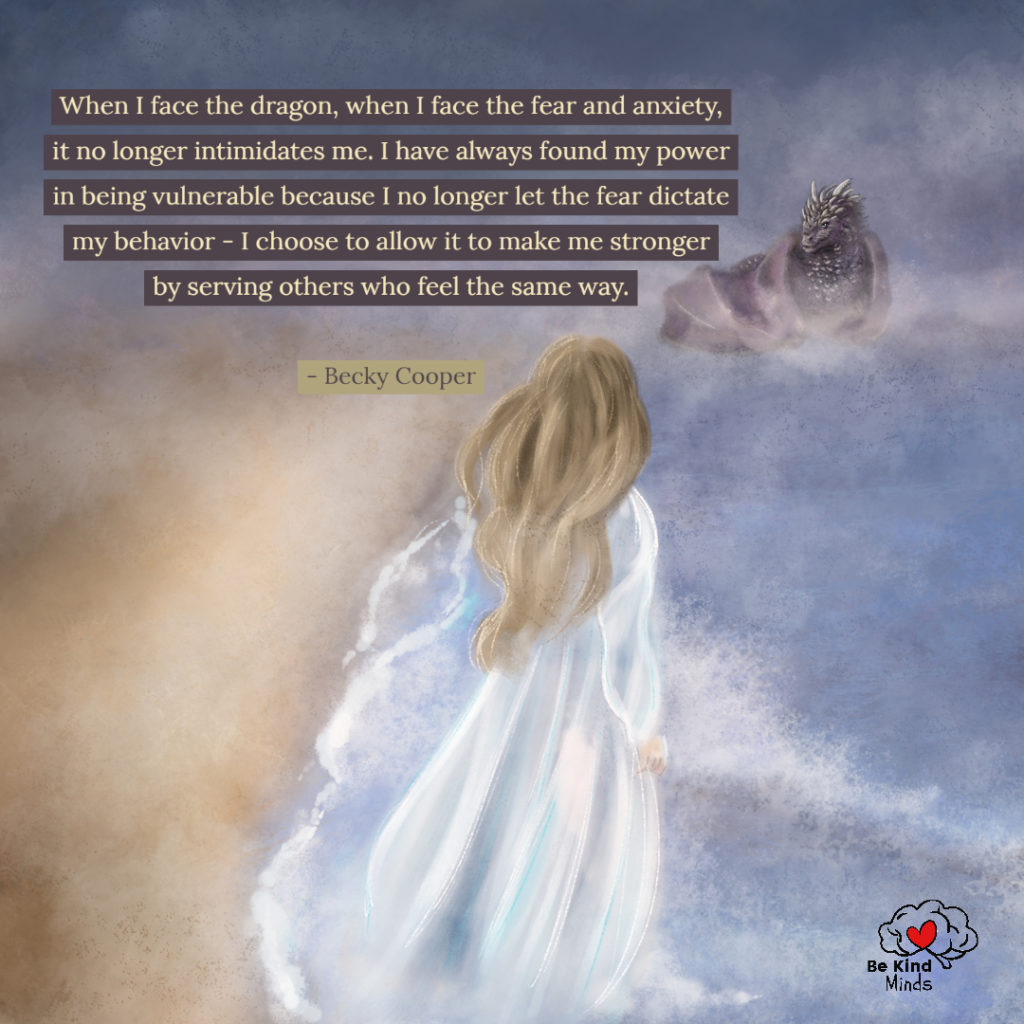There are three ways people react to fear, they either 1) Face the fear with determination to resolve the situation, 2) Avoid the situation at all costs, or 3) React in anger. Others have called this behavior fight or flight. The instinct to flee or face the fear is a part of human nature, programmed as a way for us to survive. Unfortunately, the body is vulnerable to overreacting at times, risking the great possibility of causing unnecessary damage to others, and/or ourselves.
This is a strange time for all of us. Very few times in history has something affected the entire globe at once, in such a profound way. Many people are feeling depression and/or anxiety for the first time. Many are feeling the overwhelming emotions that was once described to them as an illness, but previously couldn’t quite understand what it would feel like, and now they’re being introduced to the symptoms:
- persistent feeling of sadness or “empty” feelings
- feeling of impending doom
- irritability / restless
- unnecessary feeling of guilt, helplessness, or worthlessness
- loss of interest or pleasure in activities
- feeling like life is moving in slow motion
- overeating or appetite loss
- aches, pains, headaches, or cramps that won’t go away
- in severe cases, thoughts or feelings of suicide, or death ideation
More symptoms of depression and anxiety can be found on WebMD, Healthline, and Helpguide.
It Helps To Better Understand What’s Happening To Us Collectively
Some experts, like Elana Newman who researches trauma and disaster mental health at the University of Tulsa, have mentioned that there has been a permanent change in society already and we won’t recover the same people we were before this pandemic.
“There is research on how humans cope with quarantine, mass disasters and ongoing stressors, she said, but not on all three.
“This is a mass community disaster, but it is also a little bit like terrorism in that the fear component is there, ongoing fear”
A 2004 study of 129 people in Canada who were voluntarily quarantined during the outbreak found that nearly a third exhibited symptoms of post-traumatic stress disorder or depression.
But trauma experts say that relatively new research has shown that even those who are not directly affected by the crisis are at risk for post-traumatic stress disorder.
“After 9/11, we had the first indication that even people who were not directly exposed to trauma, but spent many hours in front of the television or looking at their smart phones were at high risk for psychopathology, including PTSD, depression and anxiety,”
Yuval Neria, the director of trauma and post-traumatic stress disorder at the New York State Psychiatric Institute and a professor of psychology at Columbia University Medical Center
Many experts are informing us that we’re all collectively grieving during this quarantine. Dr. Elisabeth Kubler-Ross gave us our first insight into how the human body processes loss and how we grieve. In her book “On Grief and Grieving” she lists five stages of grief:
- Denial
- Anger
- Bargaining
- Despair
- Acceptance
She mentions that the stages are fluid and not fixed, they may or might not occur in the order listed above.
David Kessler, who co-wrote “On Grief and Grieving” with Dr. Elisabeth Kubler-Ross, wrote a new book titled “Finding Meaning: The Sixth Stage of Grief“, he shared his thoughts to Harvard Business Review on this current pandemic on why it’s important that we acknowledge the grief we’re feeling, and how to manage it. He believes we can find meaning in this experience:
“…we’re feeling a number of different griefs. We feel the world has changed, and it has. We know this is temporary, but it doesn’t feel that way, and we realize things will be different. Just as going to the airport is forever different from how it was before 9/11, things will change and this is the point at which they changed. The loss of normalcy; the fear of economic toll; the loss of connection. This is hitting us and we’re grieving. Collectively. We are not used to this kind of collective grief in the air.”
When asked how we can manage this grief, he says that our power lies in acceptance…
Understanding the stages of grief is a start. But whenever I talk about the stages of grief, I have to remind people that the stages aren’t linear and may not happen in this order. It’s not a map but it provides some scaffolding for this unknown world. There’s denial, which we say a lot of early on: This virus won’t affect us. There’s anger: You’re making me stay home and taking away my activities. There’s bargaining: Okay, if I social distance for two weeks everything will be better, right? There’s sadness: I don’t know when this will end. And finally there’s acceptance. This is happening; I have to figure out how to proceed.
Acceptance, as you might imagine, is where the power lies. We find control in acceptance. I can wash my hands. I can keep a safe distance. I can learn how to work virtually... This is a temporary state. It helps to say it. I worked for 10 years in the hospital system. I’ve been trained for situations like this. I’ve also studied the 1918 flu pandemic. The precautions we’re taking are the right ones. History tells us that. This is survivable. We will survive. This is a time to overprotect but not overreact.
Is it possible to avoid the feelings of depression, anxiety, PTSD or Grief?
My honest opinion is no, but we can manage and minimize the trauma. Our bodies need to process, and it is important that we allow ourselves to feel these natural feelings that rise to the surface, and avoid suppressing them or shaming ourselves for feeling anxious or sad. To suppress, or otherwise avoid the feelings is to pretend our house is not on fire when it clearly is burning and soon, without intervention, it will inevitably crumble down and we will have to rebuild it from scratch. Plenty of people let their entire house burn down for fear of facing reality. Others, who allow themselves to feel what their body is trying to process, will catch the fire in time and have only a small portion of the house to repair.
Another way to illustrate it is like this painting I created last year when I needed to do some much needed art therapy:

Feelings like fear, sadness, anxiety, anger, symptoms of grief, and more, are all feelings we don’t want to feel all the time. They can feel sticky, heavy, and confining at times so it’s natural that we would want to avoid them at all costs. Many of us have stuffed them away, go above and beyond to focus on the positive, and tell ourselves and others to “DON’T fear” or “DON’T be sad”.
Have you ever noticed yourself and others respond to a question like “how are you feeling?” and respond with “I’m feeling nervous, BUT I am grateful to be at home with the kids. I have a lot to be grateful for and I’m tremendously blessed”. You start to share how you’re feeling, but immediately redirect to the positive, maybe because you start to feel vulnerable or ashamed that you’re scared when you know you should be brave and faithful.
If you were honest with how you were feeling at the time, you’d say something like “I’m really nervous about what’s going on right now. My heart has been racing, I think I have at least one panic attack a day where I have to stop and calm my breathing. The ‘unknowns’ of what is happening, not knowing how long we’ll have to be quarantined, if a loved one might get sick, is really difficult to live with. I’ve been more tired than usual and I feel like crying almost every day.”
It’s scary to be vulnerable! To expose ourselves in a way that leaves us prone to possible criticism. This painting above is illustrative of me facing those dark feelings of depression, anxiety, fear, and grief. The feelings that lead me to doubt myself, sometimes hate myself, and shy away from being vulnerable.
What I’ve learned from experience is when I face those feelings, those ‘dragons’ that can be terribly intimidating, leading me to be at my most vulnerable when I face them, the anxiety shrinks. It’s easy to believe that if I face the dragon, I might get burned. But I have found the opposite to be true. When I face the dragon, when I face the fear and anxiety, it no longer intimidates me. I have always found my power in being vulnerable because I no longer let the fear dictate my behavior – I choose to allow it to make me stronger by serving others who feel the same way. I’ll write more about the dragons and why it’s important that we face them and not avoid or run away, in a separate post.
The first time I said out loud “it’s OK to be sad, it’s OK to cry”, a tremendous sense of relief and safety washed over me and I felt better. Giving myself permission to feel empowered me.
It’s OK to be afraid, it’s normal to feel this way when we’re under these circumstances, so of course it’s natural that you would feel all these feelings.
I give myself permission to feel, and I know that I don’t have to live in these feelings. I will let them pass through me and take their natural course as my body is learning how to adapt in these new circumstances.
– Becky Cooper
How Can I Manage My Emotions and Be Grateful At The Same Time?
It’s not black and white. You don’t have to feel only one way and not the other. So the next time someone asks you how you’re feeling, you can be completely honest and still be a positive and grateful person. Our emotions are fluid and not absolute, so you may be feeling extra emotional in one hour, and the next hour be feeling 100% confident and happy. Our bodies and minds are constantly evolving and learning how to adapt, change, and grow. It’s important that we allow our brains to process and progress. So while we should give ourselves permission to grieve, it’s also good to have a positive goal in mind as the target of how we ultimately want to evolve into; a stronger, more healthy version of ourselves.
Speaking from my own experience of living with a chronic mental illness of Bipolar 1 and ADHD, these are 5 ways of how I have learned how to manage my emotions while focusing on gratitude in my life:
1) Honor Those Feelings

When you feel your heart racing, or you feel overwhelmed, stop and focus on the emotion and consciously allow yourself to feel. Sometimes it helps do breathing exercises. You could install an app like “Breathe Easy“, it gives a circle that you can look at and breathe in the same tempo as it expands and contracts. Slow down your breathing and be aware of how your lungs move.

Sometimes it helps to sit down on the ground facing the wall, scoot your legs up against the wall so your legs are sticking straight up. Close your eyes and take slow, deep breaths and rest your hands on your abdomen and focus on the up…and down… movement.
Those exercises help you slow down and avoid overreacting. It’s OK to feel, but it’s not good to overreact. We need to slow down, as we give ourselves permission to process the feelings.
Taking a walk is another great way to process emotions, especially the emotion of anger. When I feel all consumed, I have found that I need to walk it off and I almost always come back feeling level headed. I need to ‘get out’ of the situation that triggered the emotion, because almost always it’s just pure emotion that was spinning out of control, snowballing to become bigger than it needed to be, that needs to process out of me, and then I can see the situation clearly and better react with a proper perspective.
One of the best ways I have found to manage my emotions is journal them. Write them out. Give your permission to ‘give it all to the paper’. “I feel sad”, “I feel angry”, “I am scared”… once they’re on paper and out of your mind, repeat out loud affirmations or simply the word “release… release… release” and visualize the emotions flowing through and out of you.
2) How Do You Want to Feel?
As soon as you allow your body to feel and release the emotion in the moment, ask yourself how you want to feel? Another way to describe this is through the use of affirmations. You could be feeling scared, so your affirmation that you would write down and/or say out loud is “I choose to face this day with courage and peace of mind. I have control in my home, and I have control of my actions.” Over time the use of affirmations has proven to help reprogram the brain.
“Positive affirmations can help us to respond in a less defensive and resistant way when we’re presented with threats… In terms of reducing negative thoughts, affirmations have been shown to help with the tendency to linger on negative experiences… When we are able to deal with negative messages and replace them with positive statements, we can construct more adaptive, hopeful narratives about who we are and what we can accomplish.”
Catherine Moore, Psychologist, MBA [“Positive Daily Affirmations: Is there Science Behind It?“]
Here are a few examples of affirmations that you can use while in quarantine:
- “I am safe in my home. I have everything that I need.”
- “I have hope and faith in the scientific and medical community that a vaccine will soon be discovered and I will reunite with my friends and loved ones in the near future.”
- “I have control in my home. I am building a new routine that satisfies me and I am grateful for this new steady pace of life that allows me to catch up on personal projects around the house.”
- “I am grateful for the extra time each day I have to rest and allow my mind to heal with fewer expectations of me. I am grateful for this time God has given me to reflect on all I am grateful for.”
- “I am healthy, I am safe, and I am strong. I am protected by an army of angels who are leading me through this unique time of life. I trust they will inspire my mind with the information I need to know, in the time I need to be aware of it.”
- “I choose to take this time to reflect on ways I can become a better version of myself. I am embracing this time to heal and strengthen my body and mind.”
3) Have A Routine You Do Every Day
One of the most invaluable habits I developed this past year was building a morning routine. I have written more about how I created a morning routine in my article “How To Get Stuff Done“, and the ways it has helped me through my depression and mania. Here are a few books that I’ve read that helped contribute to my understanding of the value in having a morning routine, which helps you find value and purpose in every day – even the bad days:
- One Small Step Can Change Your Life by Robert Maurer Ph.D
- How To Be An Imperfectionist: The New Way to Self-Acceptance, Fearless Living, and Freedom from Perfectionism by Stephen Guise
- The Miracle Morning: The Not-So-Obvious Secret Guaranteed to Transform Your Life by Hal Elrod
- Atomic Habits: An Easy & Proven Way to Build Good Habits & Break Bad Ones by James Clear
4) Interrupt the Patterns
Identify your bad habits, the ways in which you react to stress or sadness, and interrupt with a more positive habit. So if you have a habit of emotionally / stress eating, make sure you have healthy food in the house to munch on. Be intentional in not having easy to access treats. Instead have apple slices and baby carrots.
Next, on your way to open the fridge, walk past the fridge and step outside for a few minutes. Interrupt the flow of the unhealthy habit. This way you’re not saying “No, I will not do this”, instead you’re saying “I’m going to take a moment to pause, redirect my thinking on a more positive solution”. Whether or not you decide to follow through with your original plan, the point is that you interrupt the negative patterns and begin to create a more positive pattern. You’re supplying yourself with opportunities to make healthier choices and continue to build a better version of yourself. 🙂
5) Clean Your Home
“People who constantly live in a state of chaos are prone to procrastination and an inability to commit to work or relationships. They get anxious and overwhelmed with change and usually give up before they even start the project. Their finances and time are wasted; they feel stuck and bad about themselves… It’s estimated we lose 15-20% of our annual budget because we procrastinate and avoid making decisions about the way we live and function.
Ranka Burzan [Author of “What’s the Price of YOUR Procrastination?“]
… I urge all my clients to clarify their own personal and specific procrastination pitfalls by writing a list of 20 things they need to do but are ignoring…there is one more very good reason for writing a list, you will likely make changes when you have a written list on your fridge…keep it visible and you WILL finish your projects”
I have found that as I bring order to my home, order begins to take form in my mind. I can process my thoughts easier, and overall I just feel better in a clean, or cleaner environment. My home is never picture-perfect, but when I feel like I’m living in an organized environment, I feel less stressed. So I would encourage you to add one small task to your daily list every day to accomplish. Just the act of cleaning can help you get moving in your day and feel like you’re being productive. If you missed the link to my morning routine article, I would recommend reading it to help you get started with a daily routine: “How to Get Stuff Done“.
I hope that what I’ve written here can help you better understand that you have every right to feel anxious, and know that even when you do, you’re still a positive and grateful person. Part of being human means that we will have a variety of emotions that rise to the surface, as a natural reaction to being triggered, and it’s important that we allow ourselves to process those emotions in order to progress and keep moving forward. Allowing ourselves to feel the emotions doesn’t mean we’re choosing to live in them, but rather let them flow through us, and then turn to focus on our positive goals of who we want to become.

